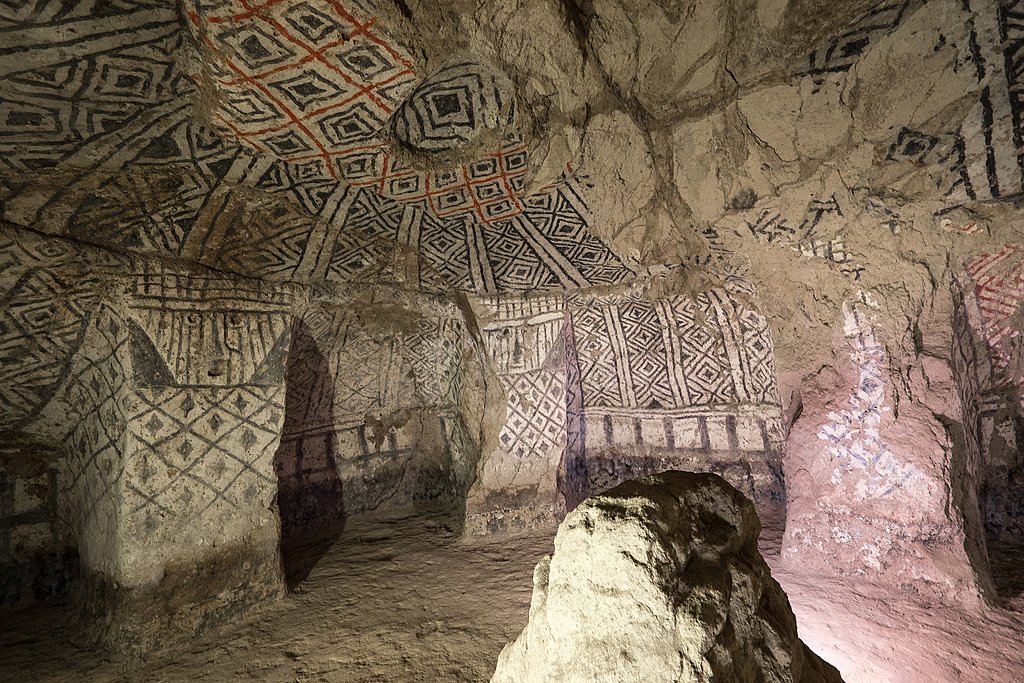
June kicks off the summer travel season, and there are few better destination in which to enjoy it than Colombia. From arid deserts to tropical beaches and everything in between, there’s something here that will appeal to any traveler—though you should expect bigger crowds and higher prices than you’ll find in shoulder season months.
Weather Patterns Across Colombia
Colombia’s diverse geography dictates a wide range of weather conditions from one region to another. Given its location so close to the equator, the concept of traditional seasons, as understood in more temperate climates, doesn’t truly apply here. Instead, weather patterns are heavily influenced by altitude and topography. In Bogotá, situated high in the central Andes Mountains, you can anticipate consistently cool temperatures throughout the year. Expect daily highs to hover around the mid-60s Fahrenheit, with nighttime lows dipping into the 40s. Frequent rainfall and overcast skies are also characteristic of Bogotá’s climate. Moving to the northern coast, Cartagena, and the broader Caribbean coastal region, the weather transforms dramatically. Here, the climate is decidedly tropical, characterized by intense heat and high humidity. Average temperatures typically settle around a balmy 86°F. Venturing south to Cali and the Cauca Valley, you’ll encounter a tropical savanna climate. This translates to consistently warm temperatures, with average highs generally lingering in the ’70s Fahrenheit. Finally, Medellín has earned its nickname “The City of Eternal Spring” because the climate is perpetually springlike, with comfortable temperatures all year round.
Navigating Crowds and Costs During June
June marks the beginning of Colombia’s peak tourist season, so be prepared for increased travel activity. This surge in tourism directly impacts airfares and hotel prices, with both generally being higher than during less busy periods. This price escalation is especially pronounced in Cartagena, a popular destination that experiences a significant influx of tourists during the summer months. Due to high demand, some hotels in Cartagena may also institute minimum stay requirements, often mandating bookings of two or three nights. Expect lodging costs to be generally elevated in major cities throughout Colombia during this period. However, there is usually no increase in admission fees to Colombia’s national parks during peak tourist seasons, although booking private tours to the parks might be more expensive. Make sure you book ahead to avoid disappointments.
Exploring Colombia: Where to Go in June
During the summer months, Cartagena will undoubtedly have the highest concentration of travelers and tourists. It serves as a significant hub for international flights, making it easily accessible, and its remarkably well-preserved city center, a designated UNESCO World Heritage site, is an undeniable magnet for those with a passion for culture and Spanish-colonial history. Visitors flock to admire the vibrant architecture, wander through its charming streets, and soak in the city’s rich historical atmosphere. It’s a truly must-see destination.
If you plan to visit Cartagena and also desire a more tranquil experience, consider embarking on a road trip along the Caribbean coast. Travel eastward to Santa Marta, which is Colombia’s oldest city, and incorporate a visit to Tayrona National Park. This park is famous for its postcard-perfect beaches, lush jungles, and fascinating indigenous ruins. Continuing further east, you’ll discover the laid-back surf village of Palomino, the ideal spot for relaxing on the beach and escaping the large crowds.
Don’t overlook the southern regions of the country. Begin your exploration in Cali, located in the Valle de Cauca. This vibrant metropolis holds the title of the global capital of salsa dancing, so be sure to let loose and move to the rhythm. After your salsa experience, journey further south to the colonial city of Popayán, which features expansive plazas, picturesque white-washed buildings, and historic bridges. Close by is the ancient archeological site of Tierradentro, containing Pre-Columbian burial chambers, dating from the 6th to 10th centuries, decorated with distinctive motifs. The site also contains a number of remarkable stone idols.
The department of Huila is also located nearby. The region’s largest festival occurs in the city of Neiva, beginning in mid-June. Read on for more details about this exciting event.
Chat with a local specialist who can help organize your trip.
Activities and Experiences: What to Do in Colombia in June
June signals the start of the whale-watching season, which runs from June to October, along Colombia’s Pacific coast. This region is relatively less populated and less easily accessible compared to other parts of Colombia, making it an excellent destination for those seeking relaxation away from large crowds and an opportunity to connect with nature. The Pacific coast boasts numerous charming coastal villages and national parks teeming with diverse marine life. If you’re interested in participating in whale-watching excursions, head to the village of Nuiqui. From here, you can witness humpback whales as they undertake their migratory journey south to the warmer waters of the equator. It’s a truly unforgettable experience.
June also marks the beginning of the low-water season in Colombia’s Amazon region. If you’re drawn to the idea of a jungle adventure reminiscent of Indiana Jones, consider taking a flight from Bogotá to Leticia. This is the largest city in the region, situated on the Amazon River at the tri-border area shared by Peru and Brazil. During the low-water season, river water levels decrease, which expands accessibility for tours and enhances opportunities for wildlife spotting. The lower water levels reveal more of the riverbanks and surrounding areas, which creates better conditions for exploring and observing the region’s incredible biodiversity.
June Events and Festivals in Colombia
Festival Folclórico y Reinado Nacional de Bambuco: From the middle of June to the beginning of July, the biggest festival in the Huila Department unfolds in Neiva. This vibrant celebration is filled with live music, colorful floats, traditional dances, and eye-catching dresses and costumes. The festival highlights the rich cultural heritage of the region. Participants and spectators come together to experience the energy and excitement of this annual event. Don’t miss the chance to witness this spectacle if you find yourself in Colombia during this time.
Festival Internacional de Tango: For the last two weeks of June, Medellín becomes the host city for a world-class tango festival. The event features live music performances and captivating dance performances. Tango enthusiasts from around the globe come together to celebrate this passionate dance form. The festival transforms the city into a vibrant showcase of tango culture, with opportunities to watch talented performers and even participate in dance workshops.
Suggested Itineraries for Traveling to Colombia in June
Journey Across Colombia: North to South: Begin your adventure in a national park with pristine white-sand beaches and lush tropical rainforests. This itinerary continues through Cartagena, Medellín, and Bogotá. Eventually, it heads south towards lesser-known areas celebrated for their gorgeous Baroque architecture, thrilling salsa dancing scenes, and a Gothic church built into a gorge.
Medellín & the Pacific Coast: This week-long trip begins in a dense rainforest where you’ll spend three days exploring tiny villages and participating in diverse activities like canoe rides, hikes, cooking sessions with locals, whale watching tours, and soaking in natural hot springs. Conclude your journey with explorations of Colombia’s amazing cities.
B-353

